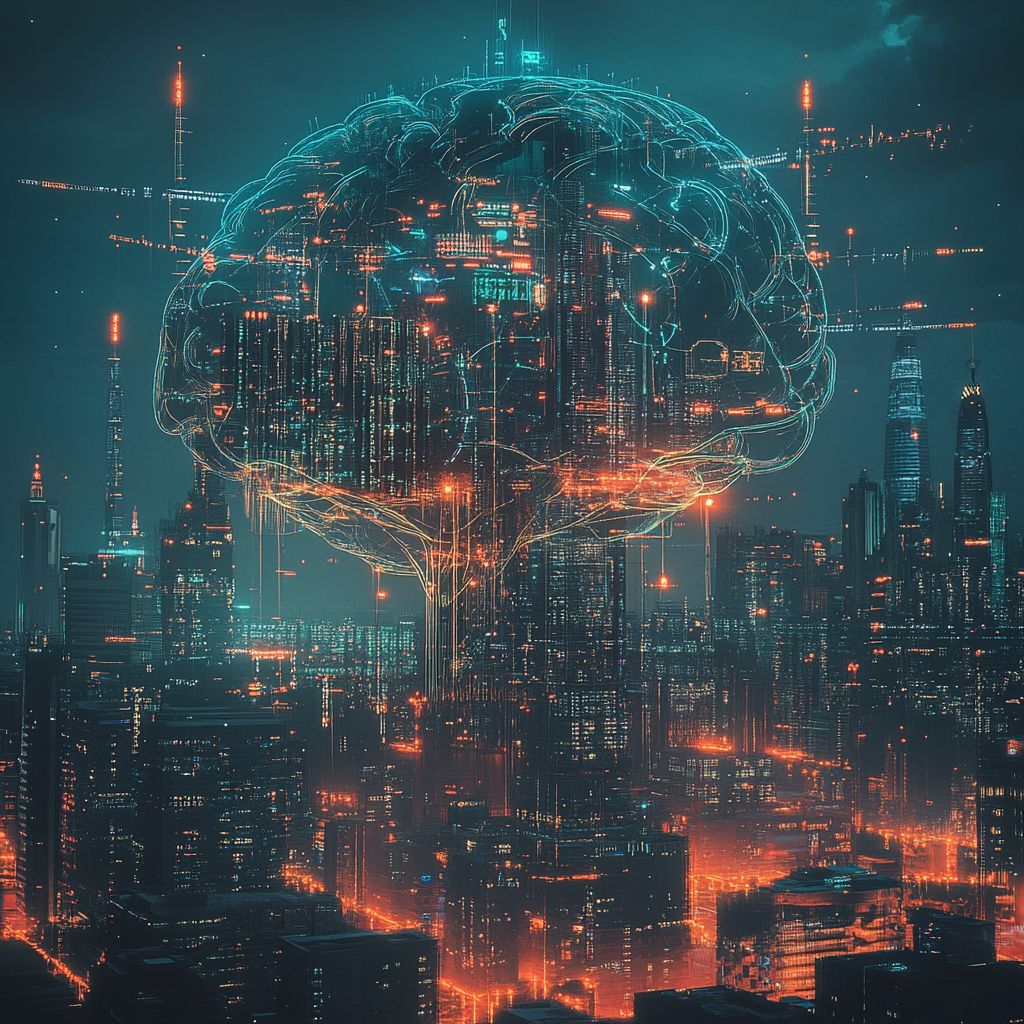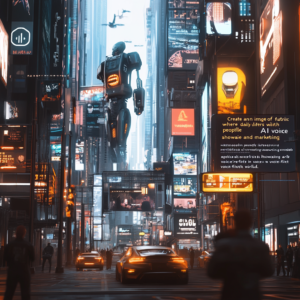
AI’s Leap: LLMs Self-Replicate, Experts Alarmed
Mastering Neural Networks: Your Guide to The Digital Wizardry
To traverse the captivating realm of neural networks, you need to a) grasp the core concepts and b) put that knowledge into action, tinkering with the algorithms like a digital wizard crafting spells.
Let’s unravel the mystery! There’s a plethora of information out there, yet few realize the golden nuggets buried beneath layers of jargon and academic fluff (and yes, some people remain hopelessly lost in the code, bless their hearts).
First rule of thumb: leave the buzzwords behind; they are just that—buzzwords. Neural networks aren’t a magic potion or a secret society language. They are mathematical models trying to mimic human brain function to solve complex problems. If you’ve ever tried explaining this to someone who thinks neural networks are just a trendy new diet, you’ll know the struggle is real.
Let’s break it down.
Begin by understanding the architecture of neural networks. Think of them as a big, messy web, each node representing a neuron, receiving inputs, processing them, and sending outputs. You’ve got layers: the input layer, where data enters; hidden layers, where the magic happens, and the output layer, where the final result is revealed. It’s like baking a cake, really. You wouldn’t toss all the ingredients in without figuring out the right measurements first.
Now, the best neural networks—those with the melodic harmony of accuracy and efficiency—are not built overnight. They require tuning and training. You can’t expect instant gratification; patience is key. In fact, training a model is akin to fine-tuning an orchestra: every parameter must be adjusted until the performance is sublime. Forget about tossing in your data without preprocessing; that’s like trying to play a symphony with out-of-tune instruments.
When it comes to selecting the right type of neural network, tread wisely! Each task requires a fitting model. Convolutional Neural Networks (CNNs) rule the roost for image processing—think of them as art critics dissecting the brushstrokes of a painting. On the other hand, Recurrent Neural Networks (RNNs) are your go-to for sequential data. They’re the storytellers, recalling past words to shape the future of the narrative.
Now, let’s chat about activation functions. You wouldn’t serve a dish without seasoning, would you? Activation functions add that much-needed flavor. They determine if a neuron should be activated or not, breathing life into the network. Whether you choose the funky Rectified Linear Unit (ReLU) that loves to keep things positive or the traditional Sigmoid function, just know: every decision impacts the flavor of your final dish.
Once you’ve trained your model, the evaluation phase is grueling yet exhilarating. Testing your network is like taking the final exam after hours of preparation. Precision, recall, F1 scores—these are the numbers that reflect how well your model performs. It’s a bitter-sweet moment because, despite your best efforts, your model might not live up to your expectations. Don’t fret! This is where the iterative loop returns. If at first, you don’t succeed, tweak your approach and try again. Data cleaning, feature engineering, optimization—it’s a never-ending journey towards perfection.
And let’s not ignore the enigma of overfitting, where your model plays teacher’s pet, excelling on training data but floundering in the real world. Think of it like this: you wouldn’t want your students to ace the test by memorizing all answers instead of understanding concepts, right? A sprinkle of regularization techniques can keep that overfitting monster at bay.
Don’t get too lost in the weeds, though. The world of neural networks is dynamic and breathtaking, with new enhancements emerging daily. In 2023, we’ve witnessed breakthroughs that once seemed far-fetched—transformers leading the charge, redefining language models, and pushing the boundaries of creativity and understanding. Yes, it’s a bold new world that we live in, where art and technology dance together like never before. And don’t get me started on generative adversarial networks (GANs)—the double agents of the digital realm, creating images and sounds that feel achingly real. It’s a thrill just thinking about the possibilities!
Grueling as it may be, whether you are a student, researcher, or just a curious soul dabbling in AI, understanding neural networks is your gateway to participating in the revolution. It’s about more than just hugs with data; it’s about reshaping industries, automating the mundane, and venturing where human ingenuity is paired with machine intelligence.
So go ahead, dive into the quagmire of datasets, algorithms, and metrics. Accept the challenge, learn, and grow. Neural networks may seem overwhelming at first, but once you crack the code, you’ll find it’s just a series of steps toward building your own digital masterpieces.
Want to stay up to date with the latest news on neural networks and automation? Subscribe to our Telegram channel: @channel_neirotoken.
Remember, in the world of AI, knowledge is power, and the journey is just as thrilling as the destination!

